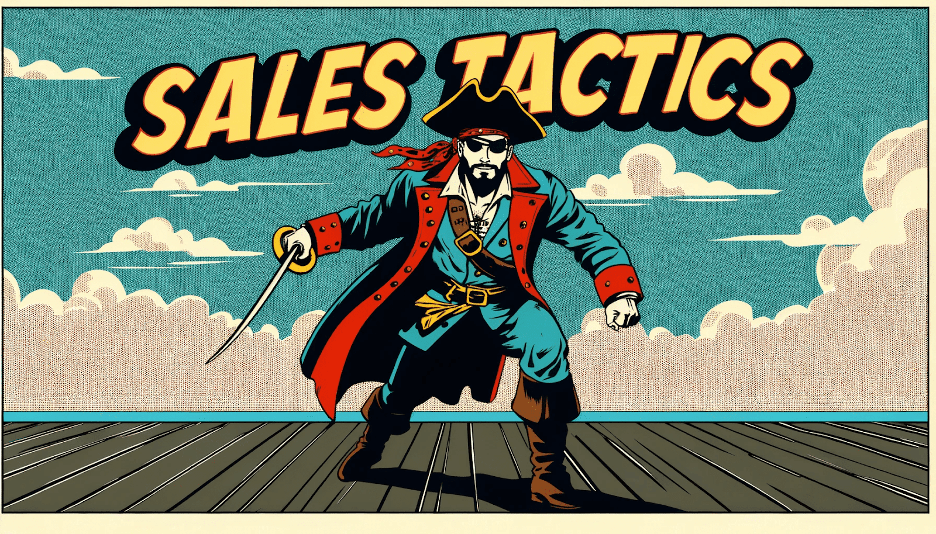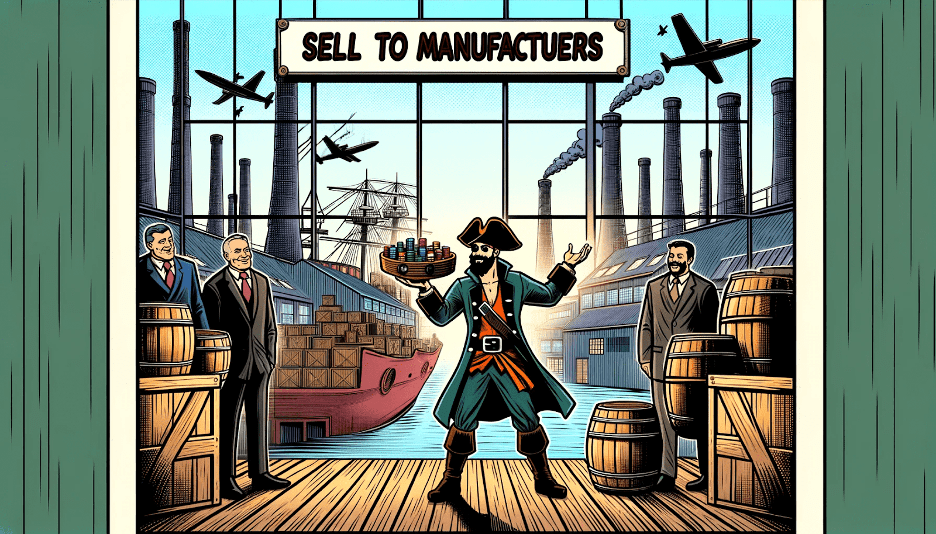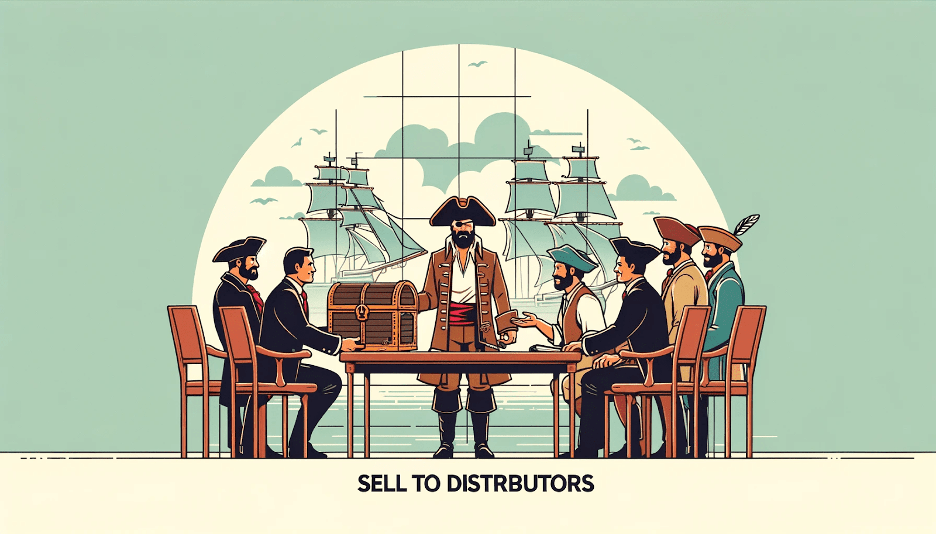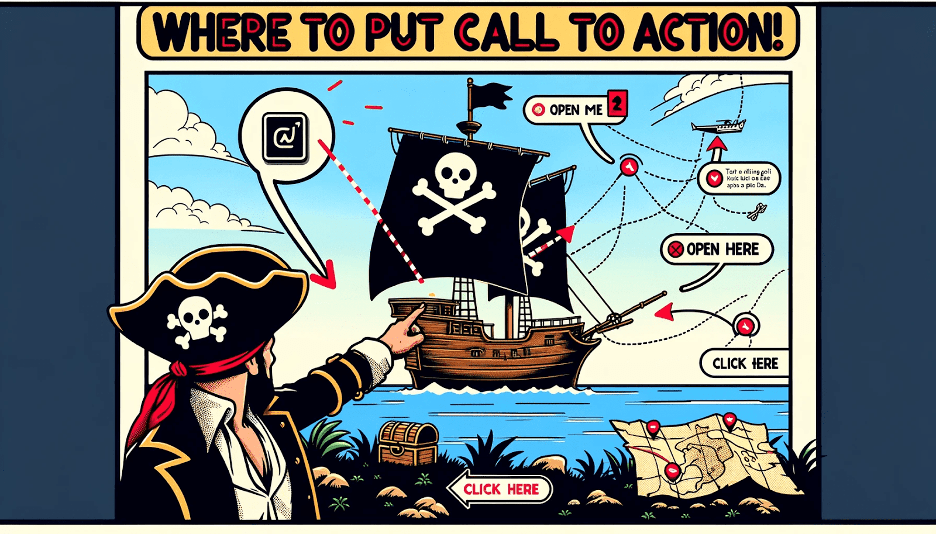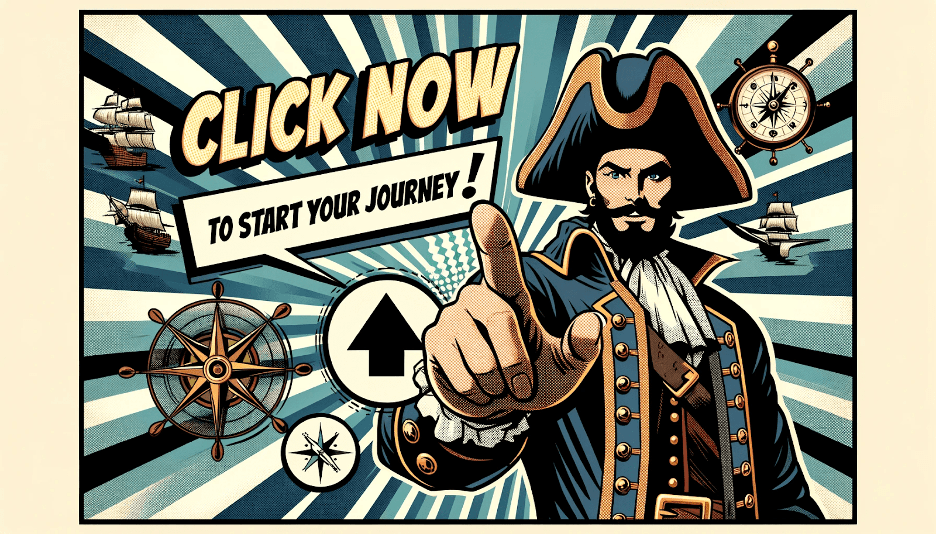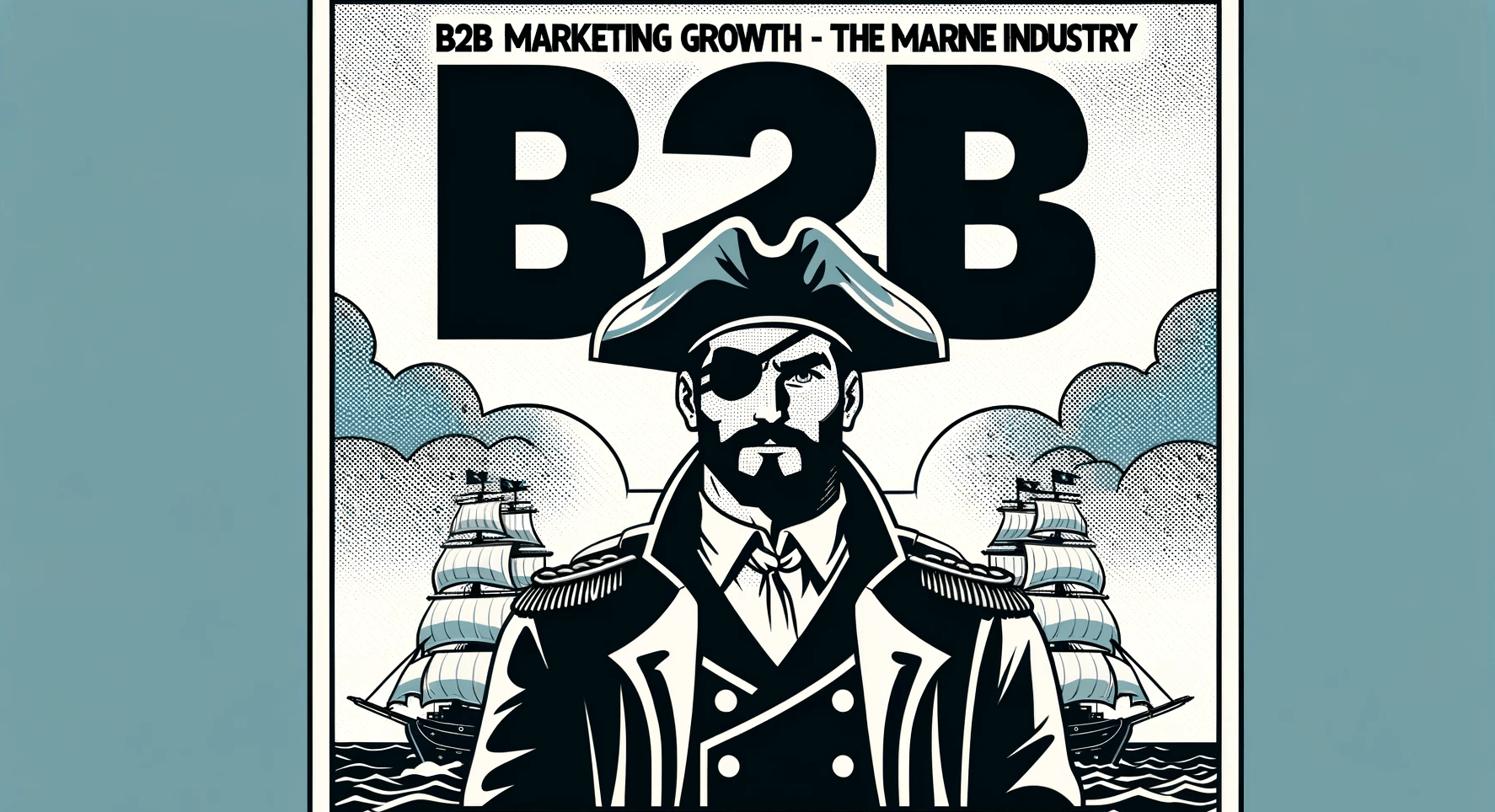
B2B Marketing Growth in the Marine Industry, a Study
In the vast and competitive ocean of the marine industry, businesses continually seek effective strategies to stay afloat and progress. The world of B2B marketing, with its unique challenges and opportunities, demands a strategic approach rooted in proven principles. Drawing insights from the comprehensive analysis of B2B effectiveness, this article explores five key principles that can steer marine industry professionals towards sustainable growth and market dominance.
The below information comes from a case study from Linkedin, and was revised so that one could actually understand what the insights are. To look at the full study see it here. For more content follow Merrill Charette and check out www.mida.pro
Prioritizing Share of Voice
In the marine industry, where competition and niche markets intertwine, prioritizing your share of voice (SOV) is crucial. This principle, rooted in the idea that a brand’s SOV should exceed its share of the market (SOM), is as applicable in B2B as in B2C. In fact, data suggests a strong correlation between market share growth and extra share of voice (ESOV) in B2B brands, mirroring the trend seen in consumer brands. For B2B entities, every 10% extra SOV can lead to a 0.7% increase in market share per annum, a figure remarkably close to the B2C benchmark. For marine industry professionals, this underscores the importance of maintaining a robust advertising presence relative to competitors.
- Share of Voice (SOV) and Share of Market (SOM): Imagine the marine industry as a big ocean filled with many boats (each boat is a company). Each boat tries to be heard by using a megaphone (their advertising and marketing efforts). The louder and more often a boat uses its megaphone, the more it gets noticed. This is what we call the Share of Voice (SOV) – how much a company is ‘heard’ in the market compared to others. The Share of Market (SOM), on the other hand, is like the size of each boat – it represents how much of the market each company owns.
- The Importance of SOV in the Marine Industry: In the marine industry, where there’s a lot of competition, being heard (having a high SOV) is really important. It’s like having a bigger or louder megaphone than your competitors. If your megaphone is louder (your SOV is higher than your SOM), it means more people are hearing about you than the size of your company would suggest. This is good because it can help your company grow.
- Extra Share of Voice (ESOV): This term refers to how much louder your megaphone is compared to what would be expected based on your boat size (your market share). Studies have shown that in both B2B (business-to-business) and B2C (business-to-consumer) markets, if your megaphone is 10% louder than expected, your boat can grow by 0.7% each year. That’s a significant growth, especially in a crowded and competitive ocean!
- Takeaway for Marine Industry Professionals: If you’re in the marine industry, it’s very important to keep using your megaphone effectively – that means advertising and marketing in a way that’s more noticeable than your competitors. This helps your boat (company) grow bigger in the ocean (market), even if you’re currently not one of the biggest boats out there.
Balancing Brand Building and Sales Activation
While immediate sales activation focuses on short-term responses, brand building aims at long-term growth, often leveraging emotional connections. This dual strategy is essential in B2B marketing, similar to B2C, but with a slight variation in budget allocation. For optimal efficiency in B2B, approximately 46% of the budget should go towards brand building, with the remaining 54% for sales activation. This balance ensures that while immediate sales goals are met, the brand’s long-term growth and equity are not neglected.
- Two Types of Marketing Strategies: Sales Activation: Think of this like a sprint. It’s all about getting quick results. This is when a company tries to boost its sales in the short term. It’s like having a big sale or a special offer to get people to buy now.Brand Building: This is more like a marathon. It’s about growing the company’s reputation and relationship with customers over a long time. It’s like making friends with your customers, so they trust you and keep coming back.
- Budget Allocation: In B2B, it’s suggested that about 46% of your marketing budget should go to brand building (the marathon). This means spending money on things that make your brand stronger and more trusted in the long run, like good customer service or a strong online presence.The other 54% should go towards sales activation (the sprint). This part of the budget is used for more immediate tactics like advertising a product, offering discounts, or other strategies that encourage companies to buy your product or service quickly.
- Why This Balance is Important: This balance is crucial because you need both short-term sales and long-term growth. If you focus only on short-term sales, you might get quick money, but your brand won’t grow in the long run. On the other hand, if you only focus on brand building, you might not make enough sales right now to keep your business going.By dividing your budget this way, you can make sure that your company not only makes sales today but also builds a strong, trusted brand that will keep customers coming back for years.
Expanding the Customer Base
Contrary to some beliefs, the main engine of growth in B2B (as in B2C) is not customer loyalty but customer acquisition. This finding is crucial for marine industry marketers, who should focus on expanding their customer base rather than solely relying on existing relationships. The best strategy combines reaching out to new prospects while reassuring current customers, creating a broad appeal that outperforms loyalty-focused approaches.
- The Misconception About Customer Loyalty: There’s a common belief that keeping existing customers (customer loyalty) is the key to growing a business. While it’s important, it’s not the main thing that helps a business grow.
- Customer Acquisition is Key: The main driver of growth, both in B2B and B2C, is actually getting new customers (customer acquisition). This is especially true in the marine industry. It’s like fishing: you need to keep finding new spots to fish, not just rely on the ones you already know.
- A Balanced Strategy for Marine Industry Marketers: Reaching Out to New Prospects: This means marine industry businesses should focus on attracting new customers. It’s like casting a wider net to catch more fish.Reassuring Current Customers: At the same time, they shouldn’t forget their existing customers. It’s important to keep them happy and reassured, so they continue doing business with you.By doing both, a business can appeal to more people (broad appeal) and grow faster than if it only focused on keeping its current customers happy (loyalty-focused approach).
- For businesses, the best strategy for growth is to actively look for new customers while still taking good care of the ones they already have. This dual approach is more effective for long-term success.
Maximizing Mental Availability
The concept of ‘mental availability’ – making your brand the first that comes to mind in buying situations – is as significant in B2B as in B2C. This involves using both rational and emotional appeals to make the brand more memorable and preferred. In the marine industry, where decisions are often complex and technical, being top-of-mind can give a distinct competitive advantage. Campaigns that increase a firm’s mental availability have been shown to be the most effective, echoing the importance of brand familiarity and positive associations.
- Mental Availability: This is like being the first friend someone thinks of when they need help with a specific task. For businesses, it means being the first brand a customer thinks of when they need to buy something. In both B2B (business-to-business) and B2C (business-to-consumer), you want your brand to pop up first in your customers’ minds during buying decisions.
- Rational and Emotional Appeals: To achieve this, companies use two types of strategies:Rational Appeals: These are logical reasons why someone should choose your product or service. For example, in the marine industry, this could be talking about the technical superiority of your marine equipment.Emotional Appeals: These are ways to connect with customers on a personal level, like creating a feeling of trust or excitement about your brand.
- In industries like marine, where buying decisions are often based on complex and technical information, being the brand that customers remember first is a big advantage. It’s like being the go-to expert in a group of friends when they need advice on something you know a lot about.
- Effective Campaigns: Marketing campaigns that increase a company’s mental availability are shown to be really effective. This means creating advertisements or promotional strategies that make your brand more familiar and create positive feelings about it.
- Takeaway: For any business, especially in technical fields like the marine industry, it’s important to be the first brand customers think of. This is achieved by combining logical reasons (like the quality or features of your products) with emotional connections (like trust or reliability) in your marketing efforts. Being the first and most positively remembered brand gives you a big edge over competitors
Harnessing the Power of Emotion
The role of emotional campaigns in B2B marketing, often underestimated, is significant for long-term brand building. While rational messaging is effective for short-term sales, emotional branding creates deeper, more enduring connections. This approach is especially pertinent in the marine industry, where relationships and trust play a critical role. Emotional campaigns not only build brand preference but also enhance the effectiveness of rational, product-focused messages in the sales activation phase.
These five principles of growth offer a sophisticated blueprint for B2B marketing success in the marine industry. By investing in share of voice, balancing brand and activation, expanding customer bases, maximizing mental availability, and harnessing emotional connections, marine industry professionals can navigate the complex waters of B2B marketing to achieve sustained growth and market leadership.
Brought to you by
SHIPSHAPE.PRO – Innovative platform that bridges the gap in marine repair
&
MIDA.PRO – Marine Industry Digital Agency – Web dev / Marketing
Podcast – SHIPSHAPE INTERNATIONAL OCEAN INSIGHT
